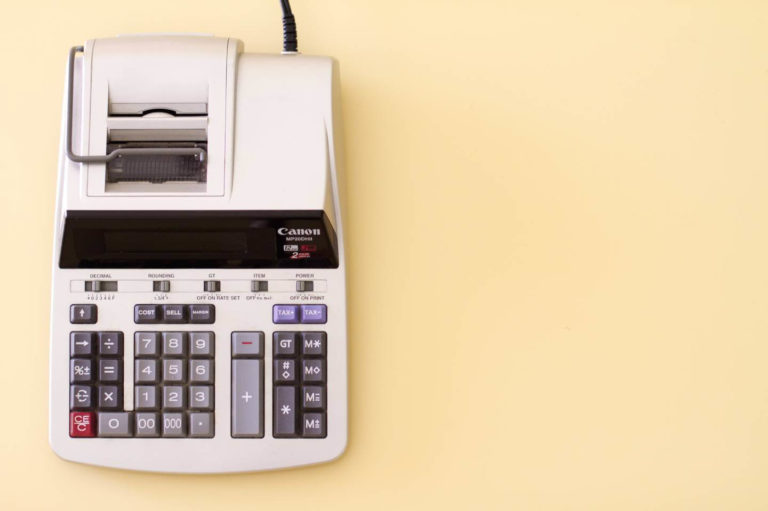E-commerce inventory management is one of the biggest challenges that faces a new start-up and it is by far one of the most important parts of any business dealing with a physical product, no matter whether they are new or old, big or small. Inventory management can mean the difference between fulfilled and missed orders, happy and unhappy customers, and success and failure.
Think about how your own e-commerce inventory management has been working. Have you always had the right amount of the right products available? Have you lost out on customers when certain items had run out of stock? Have you ordered too much of something and lost money?
We are going to cover basic e-commerce inventory management tips so that you know how to get on track with it.
5 Tips for E-Commerce Inventory Management
E-commerce inventory management involves supply chain management and the goal of it is ensuring that you always have the right number of the right products in stock at the right time. When done properly, something helped by inventory management tools, you can cut costs down associated with logistics and excess inventory and maximize your sales.
1. Use inventory management tools
There are lots of useful platforms and tools available on the market that can be used by businesses of all size to manage their inventory effectively. Whether you are looking for a cloud-based or enterprise-level solution, there is bound to be something that suits the unique needs of your business.
Using the right tools helps optimize your inventory management process and prevent the onset of errors that occur due to human error. It makes your inventory management and company logistics on the whole that little bit easier to manage and this can have lots of long-term benefits.
2. Use FIFO (first in, first out)
Your products should be sold at the same time as they were purchased, and it is FIFO that helps you keep on top of this. This is particularly important if you are a company that sells perishable products with a use-by or sell-by date… you don’t want to send a spoiled product to a customer.
It is also a good idea to operate FIFO even if your products aren’t perishable. Stock that sits around for an extended period of time can become damaged or otherwise unsellable as it sits in the stock room for months on end.
3. Figure out stock that doesn’t sell as well
If you have a product that doesn’t sell well and you haven’t managed to shift much of it in the last 6 or 12 months, perhaps it is worth considering stopping stocking it? This is especially true if lots of your other products sell well and this one is an anomaly.
Don’t throw the stock away, though—you can still make some money off it by offering it at a highly reduced clearance rate. Even if you don’t make a profit on the stock, it reduces the overall loss.
4. Always keep track of your stock
Having a robust system in place for tracking your stock levels means you are kept constantly aware of how much of which items are available for sale. This helps you keep an eye on what’s selling well, what isn’t, and when it’s time to make a new order for more stock.
Any good inventory management tool can do this for you automatically—all you need to do is configure it and let it do its magic. Whenever you need information, simply fire up the tool and look at the information and data it is providing you with. By doing most of the heavy lifting for you, inventory management tools can save you time and money.
5. Don’t store too much product
Lots of stock takes up storage space, storage space that you must pay for. By not storing too much stock, you cut down on your storage costs and also avoid the possibility of stock becoming damaged or spoiled over time as it sits there collecting dust and getting knocked around the storage room, among other things.
Only order as much as you need to cover your typical monthly sales volume. While this data takes time to collect, once you know your figures see if you can cut back on orders.











